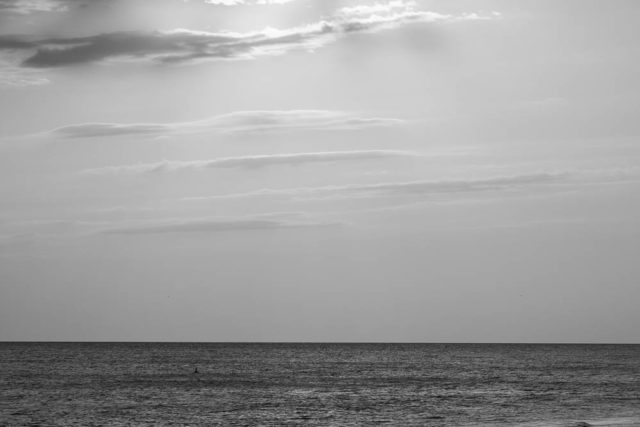Re: Moose Peterson’s FX or DX for Wildlife?
Wildlife photographer Moose Peterson posted an entry on his blog regarding a question he is apparently asked with some regularity “which is better, FX or DX, for wildlife photography”. I think the most appropriate and telling comment though is his closing sentence, “Oh yeah, photo taken with FX or DX? Does it matter?” I think the answer is clearly no.
The thing that I think needs to be stressed, and that in my experience most people loose sight of, is that a camera is a tool. It’s a like a saw, hammer or paint brush, though considerably more complicated than any of those. Certainly, people will have preferences to which brand, platform or format; but ultimately, it’s a tool to arrive at a creative end and this is something that shouldn’t be forgotten.
This brings us back to FX and DX question. There are certainly advantages and disadvantages to either format. The biggest advantage crop formats offer, to me, is ability to use shorter lighter less expensive lenses for the same reach (a 400mm lens instead of a 600mm for instance). On the other hand, there are disadvantages, the smaller denser sensors tend to fare worse in lower light levels and demand the higher quality lenses to get optimal results.
As I was writing this, I started to consider the depth of field differences and whether they were an advantage or not. Crop formats have more depth of field for the same composition than a full frame variant, keeping equivalent focal lengths the same. In other words, shooting a bird on a perch from the same distance using a 400mm lens on a DX body and a 600mm lens on an FX body, the DX body will have deeper depth of field at the same aperture. When I first started writing this, I assumed depth of field would be both an advantage and disadvantage. An advantage because you could shoot at wider aperture and have the same depth of field as a full frame body thus use lower ISOs or higher shutter speeds; a disadvantage when you wanted to have narrow depth of field to isolate a subject.
When I started digging into it though, I found something interesting, a DX camera (D300) sees about 1-1/3rd-stop more depth of field, than an FX counterpart and somewhere around 1-1/3 and 1-1/2 worse noise performance. That means the D3/D3x can shoot at 1.3 stops higher ISO and 1.3 stops narrower aperture for the same DoF and noise as the D300 with the same shutter speed, completely negating greater depth of field translating to higher shutter speeds. In the end, the greater depth of fied is only an advantage when you absolutely need to maximize it, and a disadvantage when you don’t, but otherwise isn’t really an factor either way.
I think the best way to approach what makes the better format is to consider the economics of each format. If money were no object, we’d all shoot with that custom-built 1700mm Zeiss lens on a 60MP medium format back or something equally extravagant. However, economics usually is the ruling factor, and format is one more consideration tilting it one way or another. As I said, the crop formats allow one to use lighter less expensive lenses in lieu of heavier more expensive ones, at the cost of some absolute image quality. A lot of that is going to be weighted by what your primary subject matter is and how much value you place on any of the other considerations like weight, size, etc.
As an example, consider my current conundrum, I started shooting wild life, specifically birds. I was all about weight and maximizing reach and flexibility. My standard lens for wildlife is Canon’s EF 100-400mm f/4.5-5.6L IS USM, on a 40D its equivalent to a 160-640mm lens and only weighs about 3 pounds so it’s not a lot to carry and easy to hand hold. Compare that to the 13-pound monster a 600 f/4 is, and it’s clear where the crop can have a huge advantage in weight savings. Now I’m starting to branch out from being a pure wildlife photographer and in to other things, I’m finding that the tradeoffs that made a good light wildlife setup aren’t that good for shooting an event in low light, and its back to the drawing board as to what constitutes the best trade offs in price, performance, and flexibility.
I keep saying this, a camera is a tool and our decisions should be driven by empirical evidence and deliberate thought and not simply opinions or whims. In addition, keep in mind, the vast majority of people only will ever care about the image, not how you got there.
In the end, use is what gets you the picture and don’t worry about what the guy next to you is using.

Comments
I think the reason Moose prefers FX to DX is obvious – he gets subsidised gear!
That may be true. Though I’ve spoken with photographers that were Canon Explorers of Light/Ambassadors, who have never gotten equipment from Canon. I be very surprised if Nikon, given their smaller size, was more free with hardware or money.